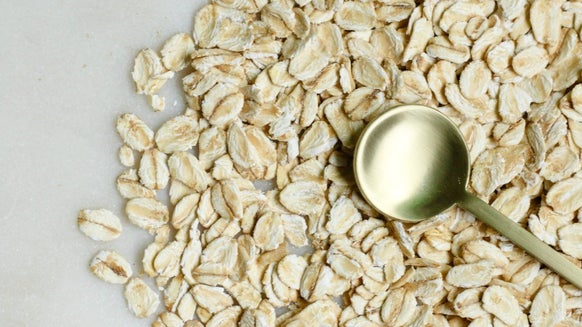Which Milk Is Best? Skimmed, Semi or Whole?

Which Milk Is Best?
There are plenty of debates surrounding which milk is best for you in regards to weight, health, diet etc. Most people think that skimmed is the best for you as it has the least amount of fat compared to semi-skimmed and full fat. Whilst it is lower in fat and higher in calcium compared to full fat, some research has suggested that the saturated fat in milk may not be a problem in regards to heart health. By drinking skimmed milk we may be missing out on the fat-soluble vitamins like A and E.
Semi skimmed milk is low enough in fat to be considered ‘low fat’, but it also has lower levels of fat-soluble vitamins compared to full fat. Ensuring that you get your fat-soluble vitamins from other sources is important.

Fat Soluble Vitamin Sources:
Vitamin A – carrot, sweet potatoes, broccoli, egg yolks and fortified milk Vitamin D – eggs, fatty fish (salmon, mackerel) Vitamin E – spinach, almonds, avocado, olive oil and butternut squash Vitamin K – dark green leafy veg
What's Best For You?
Whether you choose to drink dairy or not there is plenty of other ways to ensure that you get enough calcium into your diet. Other options such as salmon, green leafy vegetables or nuts and seeds can help you need your needs. But what if you can’t drink cows milk? What if you have a lactose intolerance? What if you just don’t like to drink animal products?
Cows Milk
Cows milk is a natural product that comes from a cow. It's rich in macronutrients including protein and is a great source of calcium. Organic cows milk contains higher levels of healthy omega-3 acids are less likely to come from a cow that has been exposed to antibiotics and pesticides.
Lactose-Free Cows Milk
This is milk from a cow that has then been processed to remove the lactose, and then has the lactase enzymes added. It contains the same nutrients as regular milk. This is ideal for those that are lactose-intolerant.

Soya Milk
Soya milk is similar in protein content to cows milk but is lower in fat. Soy-based products are ideal for those that are trying to manage their cholesterol levels. This type of milk is ideal for those that are lactose intolerant and would like a lower fat option. Soya milk is naturally high in protein, vitamins, minerals and insoluble fibre.
Almond Milk
This is a blend of almonds and spring water; this is then fortified with vitamins and minerals, including D and B12. This is good for those that are vegans and anyone that is avoiding animal products. It has a subtle nut taste and can come in either sweetened or unsweetened depending on your preferences.
The table below demonstrates the macro/micronutrient variability within the different forms of milk. Overall, almond milk has shown to be the lowest in calories however, it is one of the lowest options next to coconut milk for protein. When deciding which milk is the best option for you, it's best to consider all the options of milk that are available. The main finding when comparing all the available types of milk together is that the calcium content is practically the same across all of them.
Milk Nutritional Values per 100ml
Skimmed 35 0.1g 3.4g 5.0g 124mg Semi 50 1.8g 3.6g 4.8g 124mg Full fat 64 3.6g 3.2g 4.7g 124mg Almond 13 1.1g 0.4g Nil 120mg Coconut 20 0.9g 0.1g 2.7g 120mg Soya 39 1.8g 3.0g 2.5g 120mg Lactose free semi-skimmed 40 1.5g 3.6g 3.0g 124mg

Best For Babies
The department of health promotes the idea that breastfeeding your child for the first six months of their lives is crucial and that after this stage you can continue to breastfeed with the introduction of ‘solid foods’. After a child’s first birthday a child can be offered full-fat milk, as a drink and semi skimmed can be an option after the age of two – ONLY IF a child’s growth is progressing, as it should.
Overall, there are many pros and cons to each form of milk that you can drink. When it comes to which one you should drink there is no right or wrong. Each one has its own health benefits or is better in some ways compared to other options. It is down to you as an individual to look at all the information and the TASTE of each one to decide which one is best for you. The most important thing regardless of which one that you decide to have is that overall you are getting a well-balanced diet that is meeting not only your energy and protein requirements but also your micronutrients – vitamins, minerals!
FAQ
What is the difference between skimmed and semi skimmed milk?
The main difference between skimmed and semi skimmed milk is fat content. Semi skimmed milk has higher fat content whilst skimmed has lower fat content.
Which milks are lactose free?
Lactose free milks include plant based milks such as soya and almond milk, as well as lactose-free cows milk.
Which milk is best for babies?
The Department of Health rcommends breastfeeding babies between 0-6 months, and says that full fat milk can be offered to children after their first birthday, and semi-skimmed after teir second birthday, only if the child's growth is progressing correctly.







